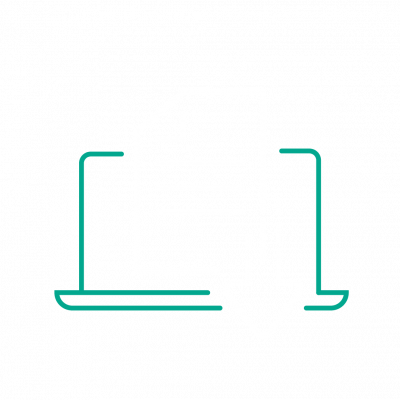There are two main groups of SON solutions: distributed SON (d-SON) and centralized SON (c-SON). The first is typically an add-on, delivered with hardware from a RAN equipment vendor. It used to support only the automatic neighbor relations feature, and was vendor-specific. But today’s MNOs usually have at least three RAN vendors, which would require three separate, non-synchronized d-SON solutions, so this model was quickly replaced by c-SON solutions covering all vendors and technologies. In this article the term SON will refer mostly to c-SON.
SON can’t operate independently of other existing OSS applications, especially when network elements are being changed in parallel. Download our white paper and discover how to successfully integrate SON with other applications.

Fill in the form below
